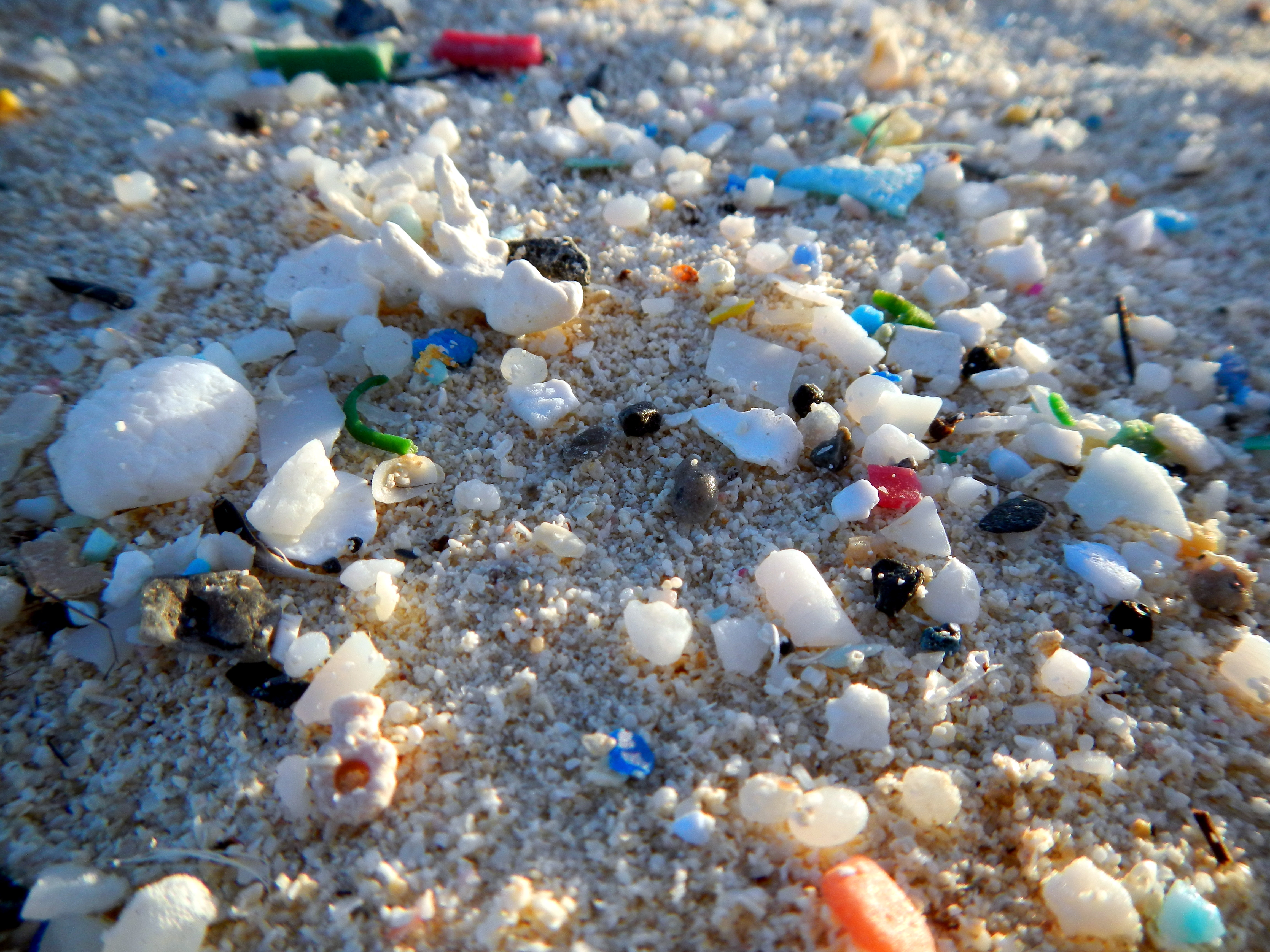Historically, Lake Okeechobee was thought to be impaired only by phosphorus, focusing efforts on reducing agricultural runoff. However, new comprehensive sampling across the Lake Okeechobee Waterway and its connected estuaries shows that toxic algal blooms also are driven by rising nitrogen levels from human waste and urban runoff. Increased nitrogen, worsened by extreme rainfall, significantly fuels bloom severity. Findings underscore the need for integrated nutrient management and improved wastewater treatment to protect the lake and its estuaries.
Tag: Estuaries
Coastal ecosystems are a net greenhouse gas sink, new research shows
A new greenhouse gas budget shows coastal ecosystems globally are a net greenhouse gas sink for carbon dioxide (CO2) but emissions of methane (CH4) and nitrous oxide (N2O) counteract some of the CO2 uptake, according to international researchers led by Australia’s Southern Cross University.

Microplastic Sizes in Hudson-Raritan Estuary and Coastal Ocean Revealed
Rutgers scientists for the first time have pinpointed the sizes of microplastics from a highly urbanized estuarine and coastal system with numerous sources of fresh water, including the Hudson River and Raritan River. Their study of tiny pieces of plastic in the Hudson-Raritan Estuary in New Jersey and New York indicates that stormwater could be an important source of the plastic pollution that plagues oceans, bays, rivers and other waters and threatens aquatic and other life.
Rutgers Experts Available to Discuss Environmental Protection During COVID-19 Crisis
New Brunswick, N.J. (April 15, 2020) – Rutgers University–New Brunswick professors Nicole Fahrenfeld and John Reinfelder are available for interviews on environmental protection issues during the COVID-19 pandemic. Fahrenfeld can discuss issues including microbial water quality, sewer issues (including what…